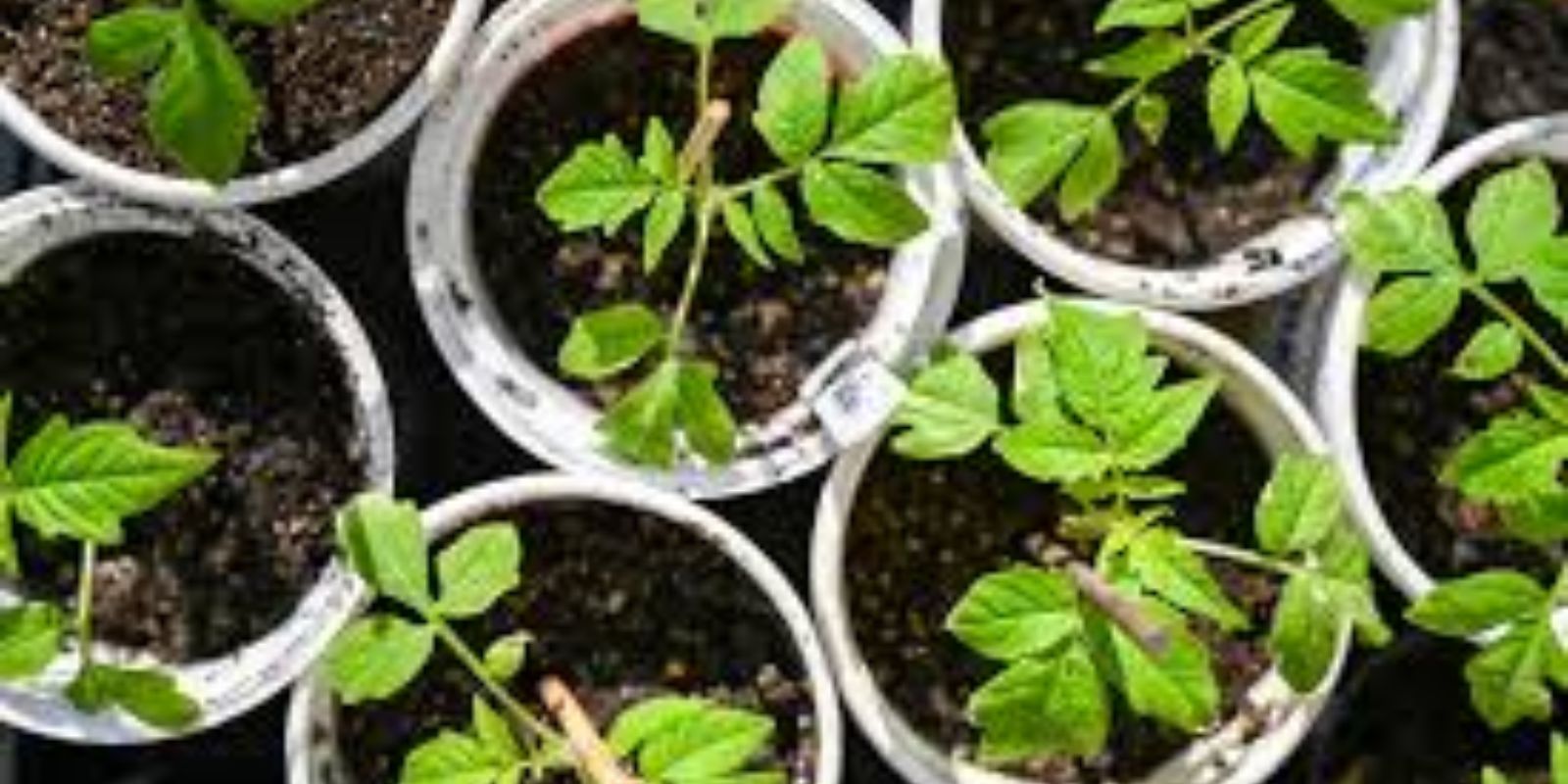Tomatoes are among the most rewarding plants to grow in a home garden, but they can also be one of the most challenging. If your tomato plants are looking weak, not producing fruit, or suffering from pests and diseases, don’t give up! With the right care, you can revive struggling tomato plants and get them back on track for a bountiful harvest. In this guide, we’ll walk you through the most common problems and practical solutions to help your tomato plants thrive.
Common Problems Affecting Tomato Plants
Before diving into solutions, it’s important to understand what could be causing your tomatoes to struggle. Here are the most common issues:
- Yellowing Leaves – This can be due to nutrient deficiencies, overwatering, or fungal diseases.
- Wilting Plants – Often caused by too little or too much water, root damage, or heat stress.
- Poor Fruit Production – Could be due to a lack of pollination, insufficient sunlight, or too much nitrogen.
- Leaf Curling or Drooping – A result of heat stress, viruses, or pest infestations.
- Fungal and Bacterial Diseases – Such as early blight, late blight, or powdery mildew.
- Pest Infestations – Aphids, hornworms, and whiteflies are common culprits.
Now that we know the potential problems, let’s get into how to fix them!
Step-by-Step Guide to Reviving Your Tomato Plants
1. Identify and Remove Pests
One of the first things to check for is pest infestations. Look under leaves and along stems for insects like aphids, whiteflies, and tomato hornworms.
- Use a strong jet of water to dislodge small pests.
- Introduce beneficial insects like ladybugs to control aphid populations.
- Apply organic insecticidal soap or neem oil to affected areas.
2. Check Soil Quality and Fertilize Properly
Tomatoes need rich, well-draining soil with plenty of nutrients. Poor soil can lead to weak plants and low yields.
- Test your soil’s pH level (ideal range is 6.2-6.8).
- Add compost, aged manure, or organic fertilizer to improve soil health.
- Avoid over-fertilizing with nitrogen, which can cause lush foliage but little fruit.
- Consider adding bone meal for phosphorus to enhance root and flower development.
3. Water Consistently and Correctly
Watering issues are one of the most common reasons tomato plants struggle. Too much water leads to root rot, while too little can cause wilting and poor fruit production.
- Water deeply but infrequently, about 1-2 inches per week.
- Water in the early morning or late afternoon to prevent evaporation.
- Use a soaker hose or drip irrigation to keep water off the leaves and reduce fungal risks.
4. Provide Adequate Sunlight
Tomatoes require at least 6-8 hours of direct sunlight per day. If your plants are in a shady area, consider relocating them or trimming nearby plants that may be blocking the light.
5. Support Your Plants with Stakes or Cages
Tomato plants need support to keep them upright, prevent disease, and allow for better air circulation.
- Use stakes, tomato cages, or trellises to provide stability.
- Tie plants loosely with soft ties to prevent damage.
6. Use Mulch to Retain Moisture and Suppress Weeds
Mulching helps maintain soil moisture and temperature while preventing weeds that compete for nutrients.
- Apply 2-3 inches of organic mulch like straw, shredded leaves, or wood chips around the base of the plant.
- Avoid piling mulch directly against the stem to prevent rot.
7. Prune and Remove Unhealthy Growth
Pruning your tomato plant can enhance air circulation, reduce disease risks, and direct energy to fruit production.
- Remove yellowing or diseased leaves.
- Trim away lower leaves that touch the soil to reduce fungal exposure.
- Pinch off suckers (small shoots between the main stem and branches) to focus growth on fruiting.
8. Address Nutrient Deficiencies with Supplements
If your tomato plants are showing signs of nutrient deficiencies, consider the following solutions:
- Magnesium Deficiency (Yellow Leaves with Green Veins) – Add Epsom salt (1 tablespoon per gallon of water) once a month.
- Calcium Deficiency (Blossom End Rot) – Add crushed eggshells or calcium-rich fertilizer to the soil.
- Iron Deficiency (Pale or White Leaves) – Use iron sulfate or chelated iron spray.
9. Improve Pollination for Better Fruit Production
If your plants are flowering but not producing fruit, they may not be getting enough pollination.
- Attract bees and other pollinators by planting flowers nearby.
- Gently shake the plant or use a soft brush to transfer pollen between flowers.
- Avoid using pesticides that may harm pollinators.
10. Protect Against Extreme Temperatures
Tomatoes are sensitive to temperature fluctuations.
- Use shade cloths to protect plants from excessive heat.
- Cover plants with row covers or cloches in early spring or late fall to shield them from cold temperatures.
Preventing Future Issues: Proactive Tomato Plant Care
To keep your tomato plants healthy and prevent future struggles, follow these long-term care tips:
✔ Rotate Crops: Avoid planting tomatoes in the same spot every year to reduce soil-borne diseases. ✔ Clean Garden Tools: Sanitize pruning shears and other tools to prevent the spread of disease. ✔ Select Disease-Resistant Varieties: Choose hybrids bred for resistance to common tomato diseases. ✔ Practice Companion Planting: Plant basil, marigolds, or garlic nearby to deter pests and enhance growth. ✔ Monitor Plants Regularly: Inspect your plants frequently for early signs of trouble and take action immediately.
Final Thoughts
Reviving struggling tomato plants requires a combination of patience, observation, and proper care. By following these steps, you can identify the underlying problems, make the necessary adjustments, and enjoy a thriving tomato garden.
Have you successfully revived a struggling tomato plant? Share your experiences and tips in the comments below! 🍅🌱👇
#GardeningTips #GrowTomatoes #TomatoPlantCare #OrganicGardening #UrbanGardening #GardeningHacks

